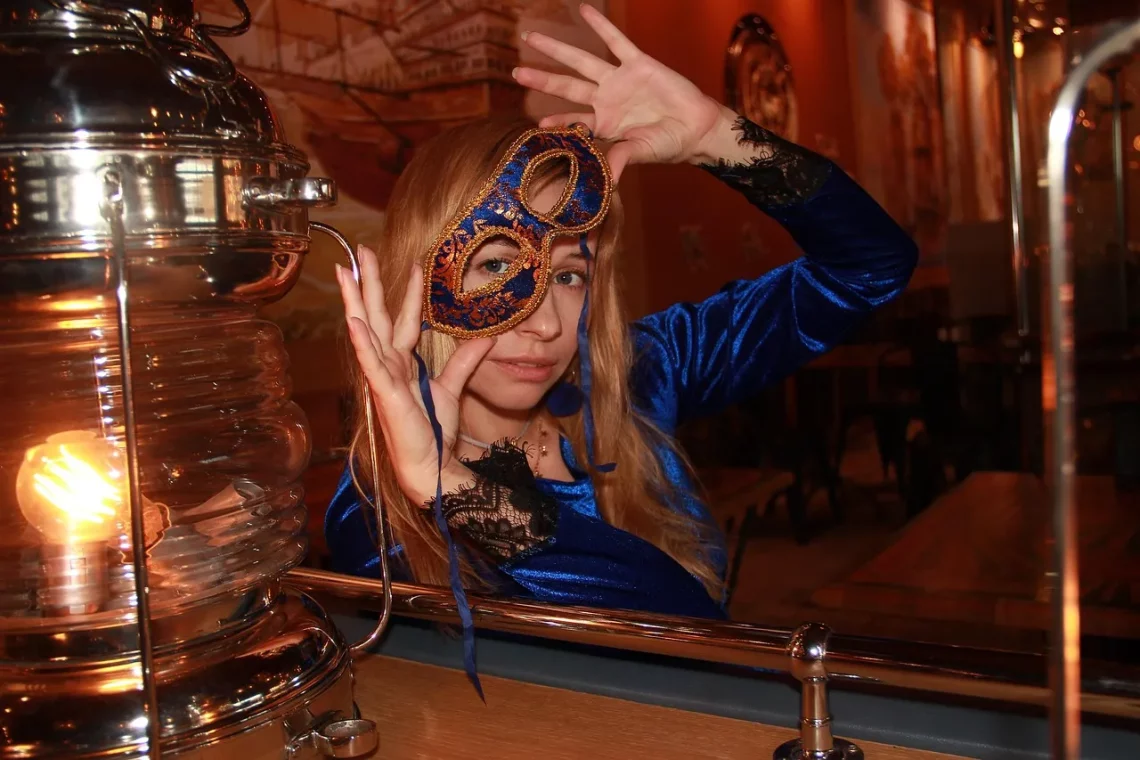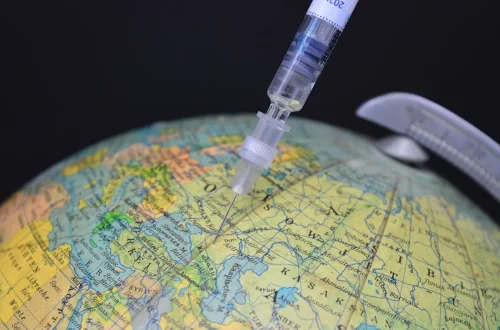
Am I Bisexual or Lesbian? Understanding Your Sexual Identity
Understanding your sexual identity can be a deeply personal and sometimes confusing journey. Our society is increasingly recognizing and embracing a spectrum of sexual orientations, allowing individuals to explore their feelings and attractions in more nuanced ways. Whether you are questioning your own identity, feeling drawn to different genders, or simply seeking a deeper understanding of yourself, it is crucial to approach this exploration with openness and curiosity.
The terms “bisexual” and “lesbian” have distinct meanings, yet they can sometimes overlap in ways that lead to uncertainty. Bisexuality typically refers to an attraction to more than one gender, while being a lesbian specifically denotes a woman who is attracted to other women. However, the complexities of human sexuality often mean that individuals may find themselves identifying with both terms at different stages of their lives or may feel more comfortable defining their identity in a unique way.
Navigating these feelings can be overwhelming, but it’s important to remember that your identity is valid, regardless of how you choose to label it. This article will explore various aspects of sexual identity, the spectrum of attraction, and the importance of self-acceptance, helping you find clarity in your journey of understanding whether you identify as bisexual, lesbian, or something else entirely.
Exploring the Spectrum of Sexual Orientation
Sexual orientation is not a fixed point but rather a spectrum that encompasses a range of attractions and identities. At one end, individuals may identify as heterosexual, feeling exclusively attracted to the opposite gender. Conversely, at the other end, some may identify as homosexual, experiencing attraction solely to their own gender. However, many people find themselves somewhere in the middle, experiencing varying degrees of attraction to different genders.
This fluidity is an essential aspect of sexual orientation. Many people go through phases in their lives where their attractions may shift or evolve. This is particularly common during adolescence and early adulthood, a period characterized by exploration and self-discovery. Some individuals may initially identify as one orientation and later find that they resonate more with another label, such as bisexual or lesbian.
It is essential to recognize that labels can be helpful for some, as they provide a sense of community and understanding. However, they can also feel restrictive for others. The key is to allow yourself the freedom to explore your feelings without the pressure of conforming to any specific label. Engaging in open conversations with trusted friends or exploring online communities can provide support and help clarify your feelings.
Moreover, it is crucial to understand that your sexual orientation is just one aspect of your identity. Factors such as culture, personal experiences, and societal norms can influence how you perceive your attractions. Embracing the complexity of your identity can lead to a more profound understanding of yourself and your place in the world.
Understanding Bisexuality
Bisexuality is often misunderstood, leading to misconceptions and stereotypes. A common myth is that bisexual individuals are simply going through a phase or are indecisive about their attractions. In reality, bisexuality is a legitimate and distinct orientation that involves the capacity to be attracted to more than one gender. This can manifest in various ways, from emotional connections to sexual attraction.
For many, being bisexual means having the potential to love and connect with individuals regardless of their gender. This broader scope of attraction can enrich the bisexual experience, allowing for diverse relationships and connections. However, societal stigma may lead some individuals to feel invalidated in their bisexuality, particularly if they are in a same-gender relationship. It’s essential to understand that bisexuality is not dependent on your current relationship status or the gender of your partner.
The journey of self-acceptance as a bisexual person can include navigating societal pressures and expectations. Bisexual individuals may experience “bi-erasure,” where their identity is dismissed or overlooked by others, leading to feelings of isolation. Acknowledging and validating your feelings is vital to combating these external pressures. Connecting with supportive communities, whether online or in person, can foster a sense of belonging and understanding.
Ultimately, embracing your bisexuality means accepting that your feelings are valid, regardless of how they may change over time. Self-education, open dialogue, and seeking out positive representations of bisexual individuals can help reinforce your identity and support your journey toward self-acceptance.
The Experience of Being a Lesbian
Identifying as a lesbian means embracing a sexual orientation characterized by attraction to other women. This identity can be empowering, allowing individuals to connect with a community of women who share similar experiences and challenges. For many, coming out as a lesbian can be a significant and life-affirming step toward living authentically.
The experience of being a lesbian can vary widely from person to person. Some may feel a strong sense of belonging within the LGBTQ+ community, while others might encounter societal prejudice or discrimination. These experiences can shape one’s journey, influencing how they navigate relationships and their sense of self. It’s crucial to find supportive spaces, whether through friends, community organizations, or online forums, to foster a positive environment for self-exploration.
Coming out is often a pivotal moment in a lesbian’s life, but it can also be fraught with anxiety and fear. The decision to share your sexual orientation with friends, family, or colleagues is deeply personal and should be made at your own pace. It’s essential to prioritize your emotional well-being during this process, seeking support from those you trust and who affirm your identity.
As with any sexual orientation, being a lesbian is not solely defined by romantic or sexual attraction. It encompasses a rich tapestry of emotional connections, friendships, and community ties. Embracing your identity as a lesbian can empower you to engage more fully with your passions, interests, and relationships, allowing you to live authentically.
Finding Clarity and Acceptance
The journey to understanding your sexual identity can be a complex and often emotional process. It is crucial to approach this exploration with patience and compassion for yourself. Clarity may come slowly and may involve questioning, self-reflection, and seeking out information about sexual orientation and identity.
Journaling can be a helpful tool in this process. Writing down your thoughts, feelings, and experiences can provide insights into your attractions and help clarify your identity. Additionally, reading books, articles, or engaging with media that reflect diverse sexual identities can broaden your understanding and offer validation.
It’s also beneficial to find supportive communities, whether through LGBTQ+ organizations, social media groups, or local events. Engaging with others who share similar experiences can provide a sense of belonging and reduce feelings of isolation. These connections can also offer valuable perspectives and advice as you navigate your journey.
Ultimately, acceptance of your sexual identity is a personal and ongoing process. It’s important to remember that there is no right or wrong way to identify, and your feelings are valid, regardless of how they may evolve over time. Embracing your unique journey and allowing yourself the freedom to explore your attractions without judgment can lead to a more fulfilling and authentic life.
In conclusion, whether you identify as bisexual, lesbian, or another orientation, the most important aspect is to honor your feelings and experiences. There is no rush to label yourself, and your identity is yours to define. Embrace the exploration, seek support, and celebrate the journey of understanding yourself.
**Disclaimer:** This article is not intended to provide medical or psychological advice. If you have concerns about your sexual health or mental well-being, please consult a qualified healthcare professional.




